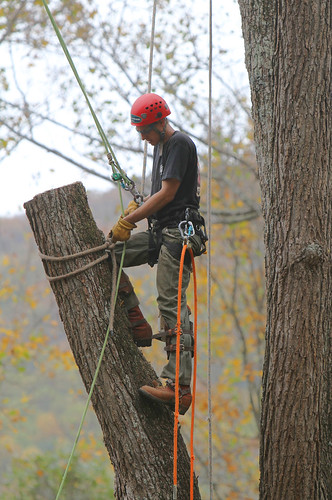A big backyard can be like a blank canvas. Unfortunately, though, you may not feel creative enough to fill that canvas! If you’re looking for a great way to turn your backyard into a fun, stylish place to be, you need outdoor decking.
A deck can be the perfect centrepiece for your yard. Once it’s installed, you can surround it with landscaping or even a garden, so that you can inject all of the various colours and textures that you want. The area will look great, and it will be practical, too! After all, everyone loves hanging out in the backyard for a barbecue, and outdoor decking gives you the perfect space to host all of your friends and family. From it, you’ll be able to enjoy warm afternoons and great sunsets!
Best of all, outdoor decking is so versatile that you can fit it into any decor. No matter what type of home you have, what type of yard you’ve got, or what type of budget you have to work with, a deck can match it. Even if you’ve got a ton of hills or uneven patches in your yard, you can make outdoor decking work!
Think you can’t enjoy a deck because your yard isn’t big enough? Think again! Sure, you may not have a sprawling area to host giant parties, but you can definitely create a spot that injects a little bit of life into your plain ol’ backyard. In fact, it could be just the thing you need to add some dimension and some much-needed extra space to your smaller home!
OK, so you want outdoor decking… But does that mean you have to spend a ton of money on a professional builder?
No way!
Outdoor decking is so versatile that you can build it yourself if you want. If you’ve got some woodworking experience, building your own deck can be a great way to spend your free time. All you need is a pencil and some paper to draw out some designs. Once you measure your yard, you’ll be able to figure out how much wood you need to build the deck of your dreams.
What if you’re not that handy?
There are tons of timber decking specialists out there, who can give you the expertise you need, without charging you an arm and a leg. They can help you figure out which type of wood is right for your deck — soft or hard — along with the perfect level of treatment you need to create a deck for the long haul.
Whether you decide to do the work yourself or call in an expert, you’ll be happy to know that the outdoor decking possibilities are endless. As long as you plan ahead carefully, you can wind up with the perfect finished product. In fact, an addition like this can add some serious value to your home — not to mention all of the “style points” you’ll get from it.
Bottom line — a deck can make your house feel like home again!
Sam Nathan is a freelance writer. His interests include sports, travel and health.



